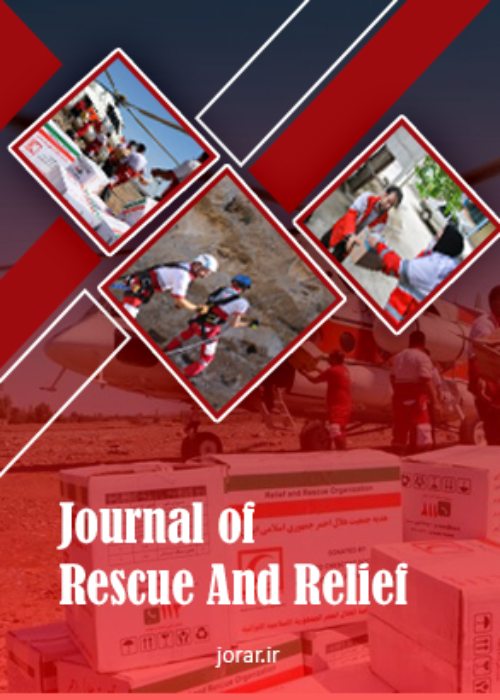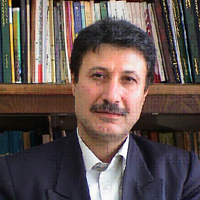Measuring social vulnerability and social resilience against disaster earthquake
Author(s):
Article Type:
Research/Original Article (دارای رتبه معتبر)
Abstract:
Background
Today, communities are looking for conditions to provide a quick return to the pre-crisis situation by changing crisis management approaches. Although it cannot be completely prevented from hazards occurring, it can be reduced the damages and improved by taking actions. The most important features that change the amount of damage is the social characteristics of residents who affected by hazard. Different situations make communities vulnerable against hazards. The social characteristics of affected residents are the most important features that change the amount of damage. Hence, areas and vulnerable individuals must be identified for proper planning and mitigation. Therefore, the aim of this study was to investigate the social vulnerability and social resilience in district two of Tehran province.
Method
This applied and descriptive-analytical research has been investigated in two parts: social vulnerability and social resilience. In the vulnerability section, the vulnerability limits were identified using 15 indicators and weighing with overlay and DEMATEL techniques and Vikor technique in ArcGIS. Using vulnerability techniques, ArcGIS vulnerabilities were identified. In social resilience section, the viewpoints of 384 inhabitants of region two were collected in relation to social capital indicators using questionnaire. Data were analyzed based on second order confirmatory factor analysis in Lisrel software.
Findings
The results indicated that 151 hectares are in a very high social vulnerability zone and 314 hectares of the area are included in a very low vulnerability. The results in resilience part showed that social protection with coefficient 1 has the highest coefficient among the indices after that the correlation index and social cohesion, the sense of effectiveness and efficiency index, participation index, trust index, knowledge with coefficient of 0.95,0.87, 0.84, 0.81 and 0.47 were obtained the lowest coefficient respectively.
Conclusion
The results can be used in risk reduction and resilience programs. Urban managers and authorities in Tehran district two should take measures to improve the situation of vulnerable groups and to enhance features such as partnership, cooperation, and accountability among citizens with awareness and training. In general, the empowerment and resilience approach should be placed at the top priority of risk reduction programs.Keywords:
Language:
Persian
Published:
Scientific Journal of Rescue Relief, Volume:10 Issue: 2, 2018
Pages:
21 to 44
magiran.com/p1946733
دانلود و مطالعه متن این مقاله با یکی از روشهای زیر امکان پذیر است:
اشتراک شخصی
با عضویت و پرداخت آنلاین حق اشتراک یکساله به مبلغ 1,390,000ريال میتوانید 70 عنوان مطلب دانلود کنید!
اشتراک سازمانی
به کتابخانه دانشگاه یا محل کار خود پیشنهاد کنید تا اشتراک سازمانی این پایگاه را برای دسترسی نامحدود همه کاربران به متن مطالب تهیه نمایند!
توجه!
- حق عضویت دریافتی صرف حمایت از نشریات عضو و نگهداری، تکمیل و توسعه مگیران میشود.
- پرداخت حق اشتراک و دانلود مقالات اجازه بازنشر آن در سایر رسانههای چاپی و دیجیتال را به کاربر نمیدهد.
دسترسی سراسری کاربران دانشگاه پیام نور!
اعضای هیئت علمی و دانشجویان دانشگاه پیام نور در سراسر کشور، در صورت ثبت نام با ایمیل دانشگاهی، تا پایان فروردین ماه 1403 به مقالات سایت دسترسی خواهند داشت!
In order to view content subscription is required
Personal subscription
Subscribe magiran.com for 70 € euros via PayPal and download 70 articles during a year.
Organization subscription
Please contact us to subscribe your university or library for unlimited access!



